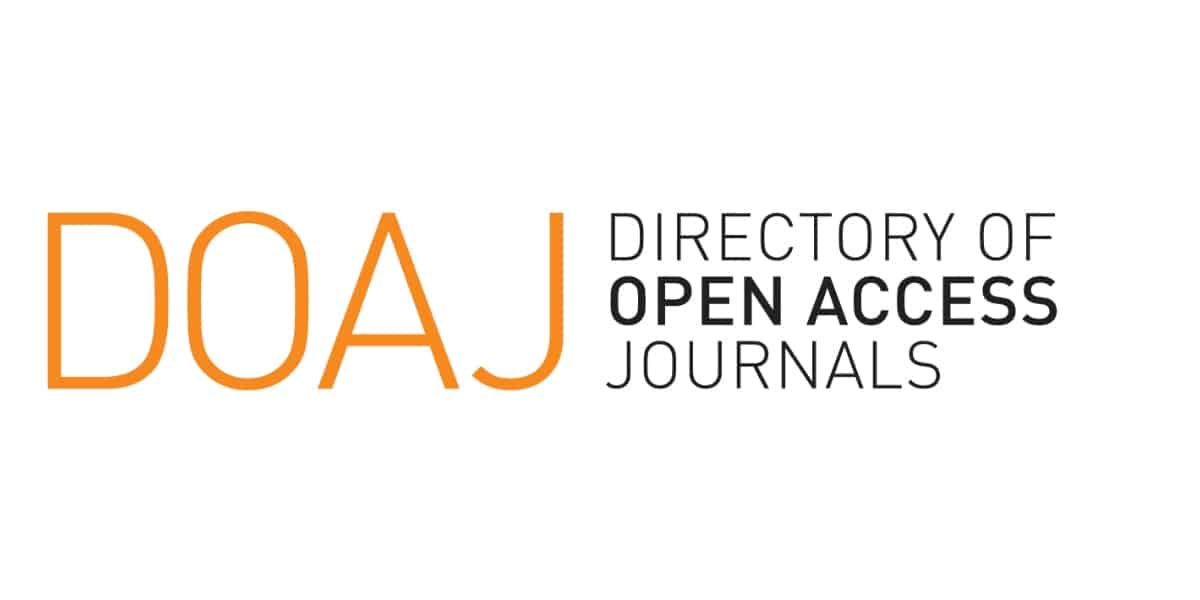Prediksi Perubahan Penggunaan Lahan di DAS Deli Hulu Menggunakan Metode Artificial Neural Network
Keywords:
GIS, Artificial Neural Network-Markov Chain, Deli Hulu Watershed area, Land CoverAbstract
Human demand for land continues to increase with rapid population growth. This rapid population growth rate will certainly affect land cover changes, which will be increasingly high and may have an impact on land and environmental conversion, especially in the river basin area. One of the catchments that may be affected is the Deli catchment, in particular the Deli Hulu catchment area. The Deli Hulu watershed is geographically located in the administrative area of Deli Serdang Regency and Karo Regency, which have large populations. Therefore, this triggers land use patterns. This study aims to analyse the changes of land cover in Deli Hulu Watershed area in 2013, 2018, 2023 to predict the land cover in 2033. This study uses 6 driving factors, namely distance from roads, distance from rivers, distance from settlements, population density, slope and altitude. This study uses Artificial Neural Network-Markov chain modelling to predict land cover changes in 2033. The results of the study show that the predicted land cover in the Deli Hulu watershed in 2033 is Dryland Forest 3,318 ha (17.16%), Plantations 2,800 ha (14.48%), Settlements 959 ha (4.96%), Dryland Agriculture 11,311 ha (58.49%), Rice Fields 873 ha (4.51%) and Open Land 78 ha (0.40%).
References
[1] Peraturan Pemerintah RI Nomor 37 Tahun 2012, “Pengelolaan Daerah Aliran Sungai,” Mar 2012. [Daring]. Tersedia pada: www.djpp.depkumham.go.id
[2] E. Seyhan, “Dasar-Dasar Hidrologi,” 1977.
[3] A. Ridhayana, A. Darmawan, T. Santoso, S. B. Yuwono, dan I. G. Febryano, “Perubahan Tutupan Lahan Pada Daerah Aliran Sungai Sekampung Hulu, Lampung Menggunakan Data Pengindraan Jauh,” MAKILA, vol. 16, no. 2, hlm. 104–113, Nov 2022, doi: 10.30598/makila.v16i2.6731.
[4] T. C. Novianti, “Klasifikasi Landsat 8 Oli Untuk Tutupan Lahan Di Kota Palembang Menggunakan Google Earth Engine,” 2021. [Daring]. Tersedia pada: http://code.earthengine.google.com/
[5] L. A. Wibowo, M. Sholichin, Rispiningtati, dan R. Asmaranto, “Penggunaan Citra Aster dalam Identifikasi Peruntukan Lahan Pada Sub DAS Lesti (Kabupaten Malang),” Mei 2013. [Daring]. Tersedia pada: www.aster-indonesia.com
[6] R. M. Sampurno dan A. Thoriq, “Klasifikasi Tutupan Lahan Menggunakan Citra Landsat 8 Operational Land Imager (OLI) Di Kabupaten Sumedang,” Jurnal Teknotan, vol. 10(2), no. 2, hlm. 61–70, Nov 2016, doi: 10.24198/jt.vol10n2.9.
[7] A. M. Lesmana, R. P. Fadhillah, dan C. Rozikin, “Identifikasi Penyakit pada Citra Daun Kentang Menggunakan Convolutional Neural Network (CNN),” Jurnal Sains dan Informatika, vol. 8(1), no. 1, hlm. 21–30, Jun 2022, doi: 10.34128/jsi.v8i1.377.
[8] M. S. A. Hapsary, S. Subiyanto, dan H. S. Firdaus, “Analisis Prediksi Perubahan Penggunaan Lahan dengan Pendekatan Artifial Neural Network dan Regresi Logistik di Kota Balikpapan,” Jurnal Geodesi Undip, vol. 10(2), hlm. 88–97, Apr 2021.
[9] H. Rakuasa, M. Salakory, dan P. C. Latue, “Analisis Dan Prediksi Perubahan Tutupan Lahan Menggunakan Model Celular Automata-Markov Chain Di DAS Wae Ruhu Kota Ambon,” Jurnal Tanah dan Sumberdaya Lahan, vol. 9, no. 2, hlm. 285–295, Jul 2022, doi: 10.21776/ub.jtsl.2022.009.2.9.
[10] R. Asra, M. F. Mappiasse, dan A. A. Nurnawati, “Penerapan Model CA-Markov Untuk Prediksi Perubahan Penggunaan Lahan Di Sub-DAS Bila Tahun 2036,” Jurnal Ilmu Pertanian, vol. 5(1), no. 1, Mei 2020.
[11] N. Sugandhi, S. Supriatna, E. Kusratmoko, dan H. Rakuasa, “Prediksi Perubahan Tutupan Lahan di Kecamatan Sirimau, Kota Ambon Menggunakan Celular Automata- Markov Chain,” JPG (Jurnal Pendidikan Geografi), vol. 9, no. 2, Sep 2022, doi: 10.20527/jpg.v9i2.13880.
[12] S. Kusmajaya, B. Tjahjono, dan B. Barus, “Bahaya Longsor di Kabupaten Sukabumi Berbasis Metode Weight of Evidence (WoE), Logistic Regression (LR) dan Kombinasi WoE-LR,” Jurnal Ilmu Tanah dan Lingkungan, vol. 22, no. 2, hlm. 101–106, Jun 2020, doi: 10.29244/jitl.22.2.101-106.
[13] M. R. Pahleviannur, “Pemanfaatan Informasi Geospasial Melalui Interpretasi Citra Digital Penginderaan Jauh untuk Monitoring Perubahan Penggunaan Lahan,” Sep 2019. [Daring]. Tersedia pada: http://ejournal.unikama.ac.id/index.php/JPIG/
[14] Setiawan, Fahri. "Analisis Perubahan Tutupan/Penggunaan Lahan Kabupaten Bangka Selatan Tahun 2015-2020." Proceedings Of National Colloquium Research And Community Service. Vol. 5. 2021.
[15] Agus, Fahmuddin, A. Ngaloken Gintings, and Meine van Noordwijk. "Pilihan teknologi agroforestri/konservasi tanah untuk areal pertanian berbasis kopi di Sumberjaya, Lampung Barat." Southeast Asia Regional Office. Bogor. Indonesia (2002).
Downloads
Published
Issue
Section
License
Copyright (c) 2024 Ahmad Husein Harahap, Satia Negara Lubis, Bejo Slamet (Author)

This work is licensed under a Creative Commons Attribution 4.0 International License.
















